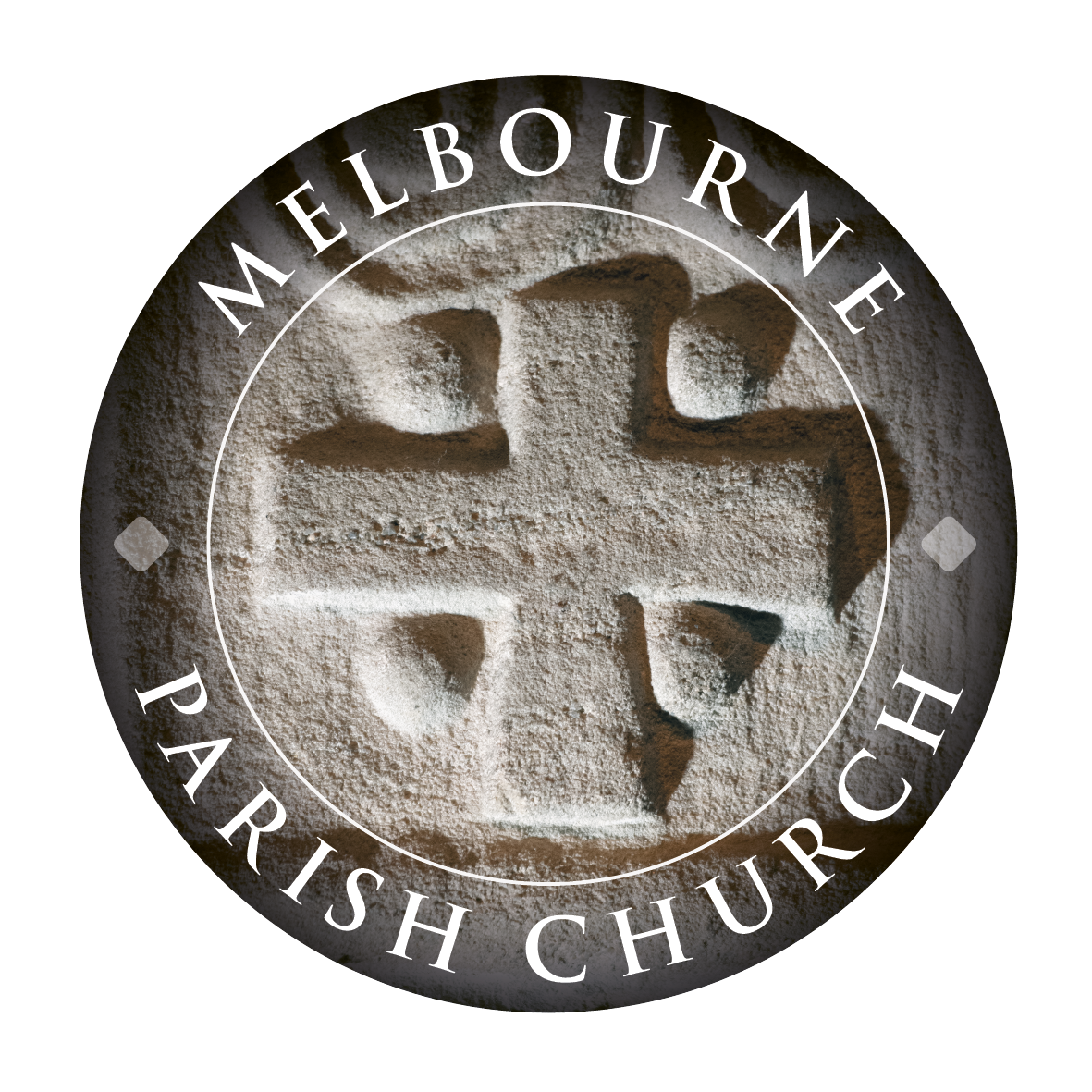The Organ
Brief history
The origins of the present instrument go back to about 1860 when a two-manual organ was built for the church by Bevington and Sons.
The action was mechanical, and the console, being an integral part of the organ, was at the front of the organ gallery in the south transept. The mechanical action survived until 1956 when a new detached console was built in the north side of the chancel and direct-electric action was installed. This work was carried out by Kingsgate, Davison and Co. and incorporated several far-reaching modifications.
The compass of the manuals was increased from 56 to 61 notes, and an extension technique was used to produce larger Pedal and Great departments. This, together with some revoicing of the pipework, gave the instrument a certain romantic character.
Towards the end of the l970s the lever-arm magnets in the electric action had become very noisy and unreliable. There were also distortions in the soundboards which were causing certain ranks of pipes to be nearly untunable.
In 1981 a programme of work was begun with the aim of radically improving the mechanical efficiency of the instrument and improving the projection of tone into the nave.
Rebuilding the organ in 1981
The instrument was completely dismantled and the organ gallery cleared. Certain parts were removed to the builder's works at Malvern for special attention; the Trumpet pipes were fitted with new tongues and revoiced, the Great Sesquialtera and Swell Doublet were remodelled into 3 rank Mixtures, the console was refurbished with new electrical components for the drawstops and combination pistons.
Back on site, the organ gallery floor was extended forwards to make a cantilevered projection of about 3 feet over the choir stalls. The original Bevington soundboards were stripped down, cracks repaired, the upper surfaces planed true, pallets releathered and resprung, and the wind channels reorganised to accommodate new pressure compensators.
After this renovation, the Great soundboard was re-erected in a new position right at the front of the extended gallery. The Swell soundboard was positioned immediately behind the Great soundboard and each was fitted with completely new electro-pneumatic action.
A new position for the soundboards was chosen because the former axis of the organ was from east to west and was about 8 feet behind the gallery front; both of these factors made it difficult for the sound to penetrate effectively into the nave. By rebuilding to a new north-south axis, with the Great pipework brought to the front of the extended gallery, the egress of sound was greatly improved. The final installation of a sound-reflecting canopy over the Great organ also contributed to this improvement.
Once the soundboards were in position, the other organ parts, such as drawstop motors, wind ducts, and pedal chest was added to the back of the Swell to accommodate the bottom notes of the Contra Oboe (including 12 new pipes). A completely new electrical transmission system was installed, linking the console to the organ and including a solid state control circuit panel.
Finally, the pipework received considerable attention before being relocated; much of it was revoiced to suit the redesigned wind supplies of a lower pressure. This final operation was of crucial importance to the transformation of the tone of the instrument, and, as listeners can now testify, the clarity and brightness of the rebuilt organ is an outstanding achievement

The organ was rebuilt in 1981 by Messrs. Nicholson and Co. (Worcester) Limited of Malvern.
The specification was revised through consultation between the firm's Tonal Director, Mr. D. F. Thurlow and Mr. Laurence Rogers, the Choirmaster and Organist (1975-2002), with advice from Mr. Roger Fisher, Master of the Music at Chester Cathedral.
